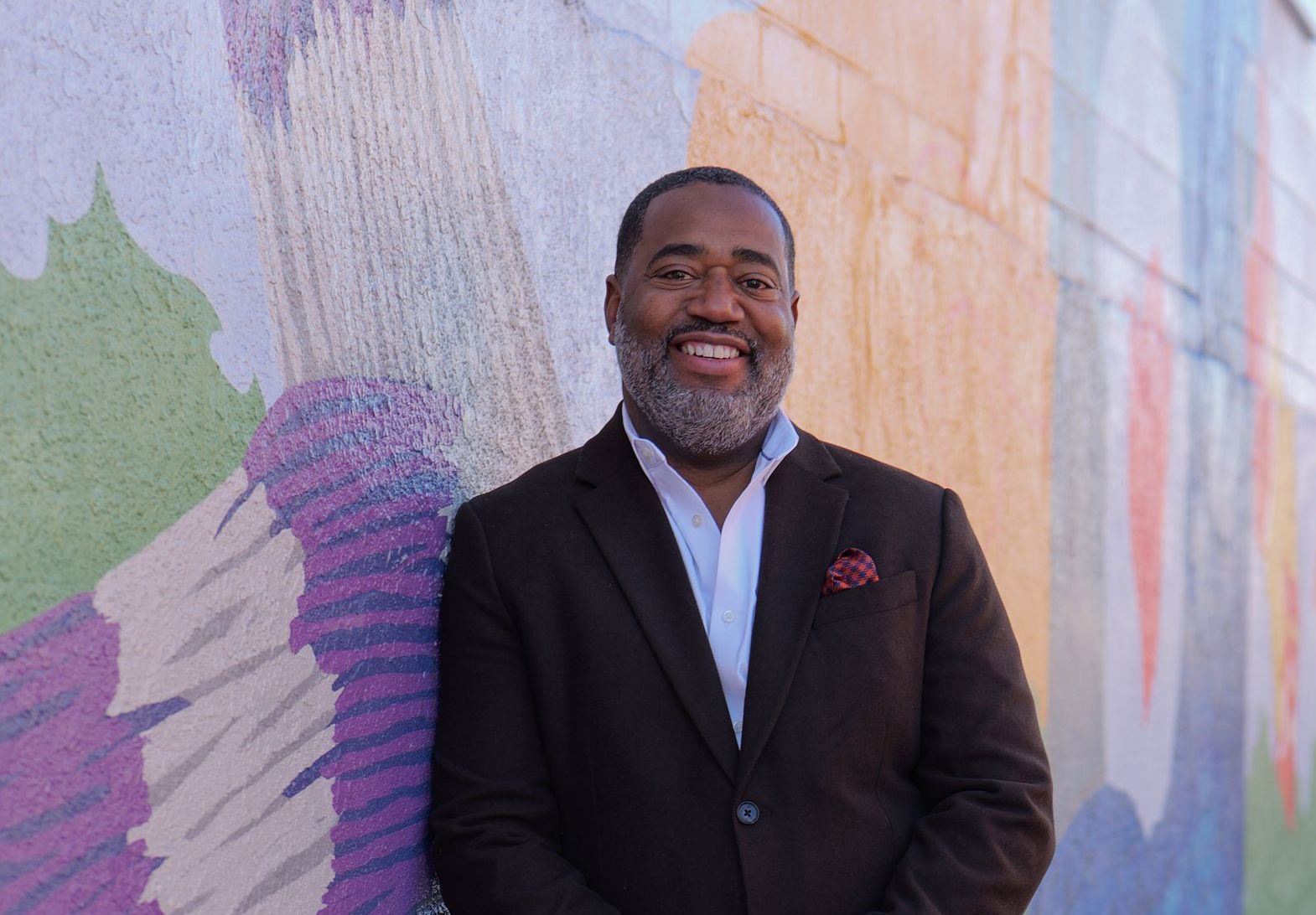The State of Diversity in Advertising
Derryl Glaze • October 30, 2023
The State of Diversity in Advertising
Statistics show that America is becoming more ethnically diverse than ever. According to the 2020 census, people of color now make up approximately 42% of the nation’s population, up from 36% just 10 years ago. The percentage of non-Hispanic white Americans in the population fell by 6%, to 58%, during that period.
Modern marketers must evolve to understand their changing audience — and should also remember that diversity extends beyond race or ethnicity alone. Today, growing revenue and promoting a brand image require defining and communicating with audiences as individuals, including people of all ages, socioeconomic classes, races, and genders. Ultimately, the key to staying competitive lies in providing diversified content for diversified audiences in a way that represents present-day society.
Sixty-one percent of U.S.-based consumers believe that diversity in advertising is important, and 38% are more likely to trust brands that show diversity in their ads. Other key results from the survey include the following:
- Respondents who reported that a brand’s diversity, or lack thereof, impacts how they view that brand’s products or services: 62%
- Individuals who stopped supporting a brand whose marketing doesn’t represent their identity: 34%
- LGBTQIA+ and Black respondents who are more likely to purchase brands that show diversity in marketing: more than 50%
- LGBTQIA+ individuals who stopped supporting brands that don’t reflect their identity: 58%
- Hispanic and African American respondents who said they stopped supporting brands that don’t represent them in their marketing: 40% and 53%, respectively
Perhaps not surprisingly, “diversity” was chosen as the 2021 Marketing Word of the Year in a December 2021 poll of more than 200 members of Embracing diversity in advertising means redefining it within the organization and perceiving it as an essential element of the organization’s innovation strategy. Diverse thoughts are contagious, and they add significant value to the ideation process. Below are industry tips on just a few of the steps that brands can take to make a positive impact on their marketing campaigns:
- “Are You Including Enough Diversity in Your Marketing?” Brands that take steps to improve diversity in their marketing efforts often have greater success in
targeting new audiences, improving their conversion rates and generating more revenue.
- “Data Shows Consumers Want Diversity in Marketing.” Brands’ cultural intelligence has become more important than ever — but how do marketers get it right?
- “How to Build a More Inclusive World Through Advertising.” Industry experts and creative leaders weigh in on equitable advertising.
Growing numbers of consumers want to see diversity and inclusion in brands’ marketing campaigns, the Adobe studies show. If those consumer feel that the brand is closely aligned with their own values, they’re certainly more likely to purchase that product.
Maryville University, 2022

In today’s rapidly evolving business landscape, the emphasis on diversity, equity, and inclusion (DE&I) has never been more pronounced. Oracle’s recent blog post, "Five Ways Diversity and Inclusion Impact Your Business," delves into the profound impact that DE&I practices have on organizations. Here’s a comprehensive review of their compelling arguments and insights.

Microsoft's decision to incorporate diversity goals into performance reviews marks a significant step towards fostering a more inclusive workplace culture. By making diversity a measurable component of employee success, Microsoft is not only prioritizing social responsibility but also recognizing the strategic importance of diversity in driving innovation and competitiveness.

In a recent Harvard Business Review article, the authors state the value of belonging at work: "Humans are so fundamentally social that we can even bond with strangers over the very experience of not having anyone with whom to bond." Additionally, they state: "If workers feel like they belong, companies reap substantial bottom-line benefits. High belonging was linked to a whopping 56% increase in job performance, a 50% drop in turnover risk, and a 75% reduction in sick days. For a 10,000-person company, this would result in annual savings of more than $52 million." Whether it is for reasons related to company performance and the bottom line, or just an organization's desire to be employee-centric and sincerely focus on the human needs of its employees, leaders need to look for ways to help every employee feel welcomed, needed, wanted, valued, and that they have a genuine way to connect and contribute. 419-270-9017







